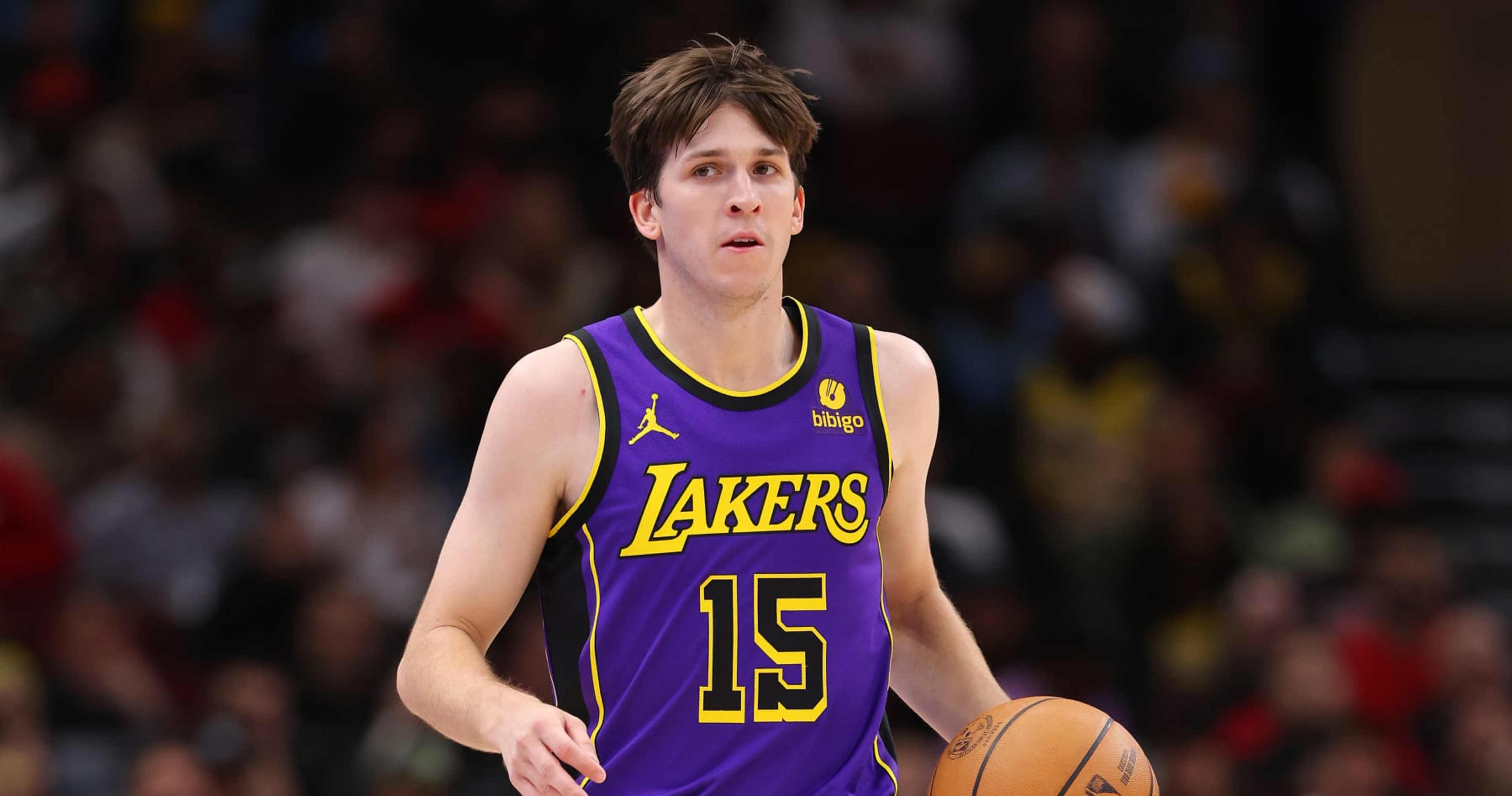Managing Minutes in the Modern NBA: A Delicate Balancing Act

In the dynamic world of professional sports, particularly the NBA, discussions about playing time are inevitable, with players’ desires often conflicting with coaches’ strategies. Publicly, players express their commitment to team goals, acknowledging limited control over playing time, but privately, the desire for more minutes is a universal truth.
In today’s NBA, where star players exert significant influence, a coach’s decisions on allocating playing time can significantly impact game outcomes. Lakers coach Darvin Ham recently faced scrutiny for his choices, particularly in the case of Austin Reaves, who scored efficiently but played fewer minutes than some starters in a recent loss to the Timberwolves.

Ham defended his decisions, emphasizing the need to manage players’ fatigue and reduce the risk of injuries. Despite Reaves’ expressed desire for more minutes, Ham highlighted the importance of maintaining his freshness and efficiency in a reserve role. The coach acknowledged the delicate balance between maximizing a player’s contributions and preventing overexertion.
Reaves, recognizing the impracticality of playing 48 minutes, remains committed to making the most of the minutes given to him, aiming to contribute to the team’s success. While Ham’s rationale includes protecting players from fatigue-related issues, it raises questions about potential diminishing returns and the delicate art of optimizing playing time.

Comparisons with previous seasons reveal fluctuations in players’ minutes, with Reaves playing significantly more per game during last season’s playoffs. The evolving dynamics of the Lakers’ roster, including new additions and injuries, contribute to Ham’s ongoing challenge in establishing consistent rotations.
Another player affected by fluctuating minutes is Rui Hachimura, who experienced changes in his role compared to the previous postseason. Despite the challenges, Hachimura acknowledges the lack of control over such decisions and focuses on maximizing his contributions whenever he takes the court.

In contrast, Taurean Prince has seen an increase in playing time, establishing himself as the Lakers’ top shooter, showcasing the unpredictable nature of rotations in response to performance and team needs. The emergence of Cam Reddish as a wing defender, coupled with injuries to Jarred Vanderbilt and Gabe Vincent, further complicates Ham’s task of crafting consistent lineups.

As the Lakers navigate a season filled with adjustments, injuries, and new faces, Ham faces the ongoing puzzle of finding the optimal balance in distributing minutes. The team’s success hinges not only on star players but also on the effective utilization of the entire roster, making managing minutes a delicate yet crucial aspect of the modern NBA coaching landscape.